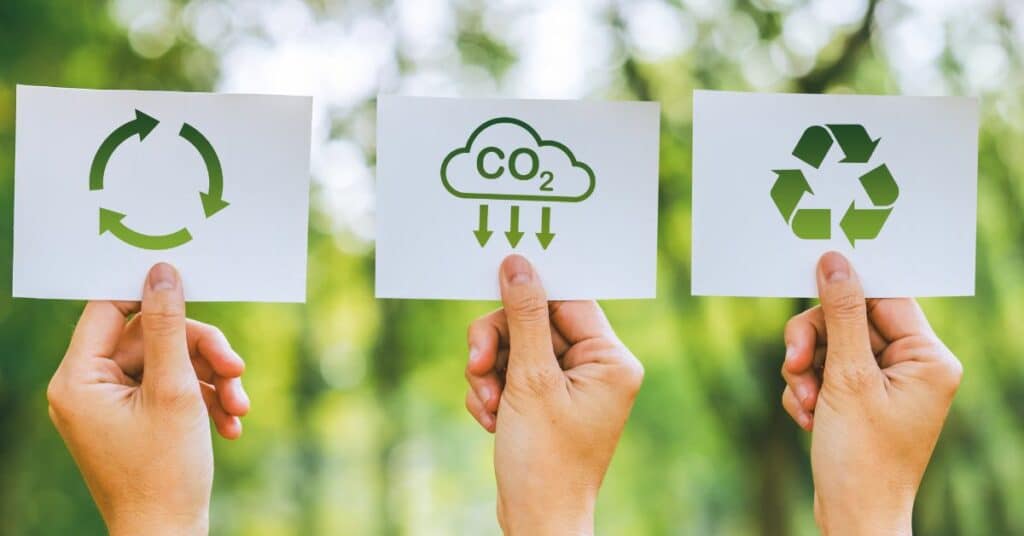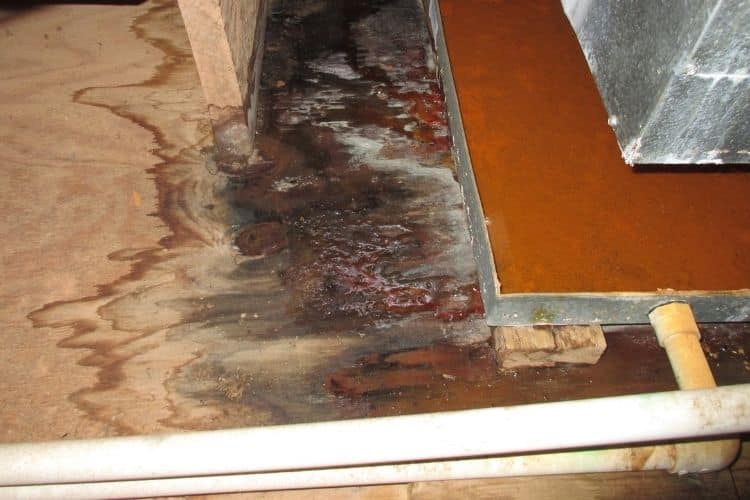In recent years, the push towards sustainability has significantly influenced various industries, including mold remediation. Traditional mold removal methods, while effective, often rely on harsh chemicals and procedures that can be detrimental to the environment and human health. Sustainable mold remediation seeks to address these concerns by implementing eco-friendly practices that not only effectively eliminate mold but also minimize environmental impact. This blog post explores sustainable mold remediation techniques, highlighting the importance of adopting greener strategies for healthier living spaces and a better environment.

Understanding Sustainable Mold Remediation
Sustainable mold remediation focuses on using non-toxic, environmentally friendly methods and products to remove mold and prevent its recurrence. This approach prioritizes the health and safety of both the remediation professionals and the building’s occupants, along with the preservation of the surrounding environment.
Key Principles of Sustainable Mold Remediation
- Minimize Use of Harsh Chemicals: Opting for natural, non-toxic cleaning agents and biocides that are effective against mold without harming the environment.
- Moisture Control and Prevention: Addressing the root cause of mold growth by identifying and rectifying moisture sources, using sustainable building materials and designs to prevent future issues.
- Resource Efficiency: Employing strategies that reduce waste and energy consumption during the remediation process, such as using HEPA-filtered vacuum cleaners and energy-efficient dehumidifiers.
- Safe Waste Disposal: Ensuring contaminated materials are disposed of responsibly to prevent environmental contamination and harm to wildlife.
Sustainable Mold Remediation Techniques
| Technique | Description | Benefits |
|---|---|---|
| Natural Cleaning Solutions | Using vinegar, tea tree oil, or baking soda solutions to clean moldy surfaces. | Reduces chemical exposure, safe for humans and pets. |
| Improved Ventilation | Enhancing airflow with energy-efficient fans and ventilation systems. | Lowers humidity levels, preventing mold growth. |
| Dehumidification | Using energy-efficient dehumidifiers to maintain optimal indoor humidity. | Prevents mold without excessive energy use. |
| Green Insulation | Installing insulation made from sustainable materials that resist mold growth. | Enhances energy efficiency, prevents mold, and uses eco-friendly materials. |
| Eco-Friendly Building Materials | Choosing mold-resistant, sustainable materials for construction and repairs. | Reduces the likelihood of mold and supports environmental sustainability. |
The Importance of Sustainable Practices in Mold Remediation
Adopting sustainable mold remediation practices is crucial for several reasons. Firstly, it ensures the long-term health and safety of building occupants by reducing exposure to toxic substances. Secondly, it contributes to environmental preservation by minimizing chemical use, waste, and energy consumption. Finally, sustainable practices support the broader goals of eco-friendly living and corporate social responsibility.
Conclusion
Sustainable mold remediation represents a forward-thinking approach to addressing mold issues in a manner that is both effective and environmentally responsible. By embracing eco-friendly methods and materials, we can ensure healthier living spaces while also contributing to the well-being of our planet. As awareness grows and technology advances, the potential for innovative, sustainable mold remediation techniques will continue to expand, offering new opportunities for homeowners, businesses, and remediation professionals to combat mold in an eco-conscious manner.




